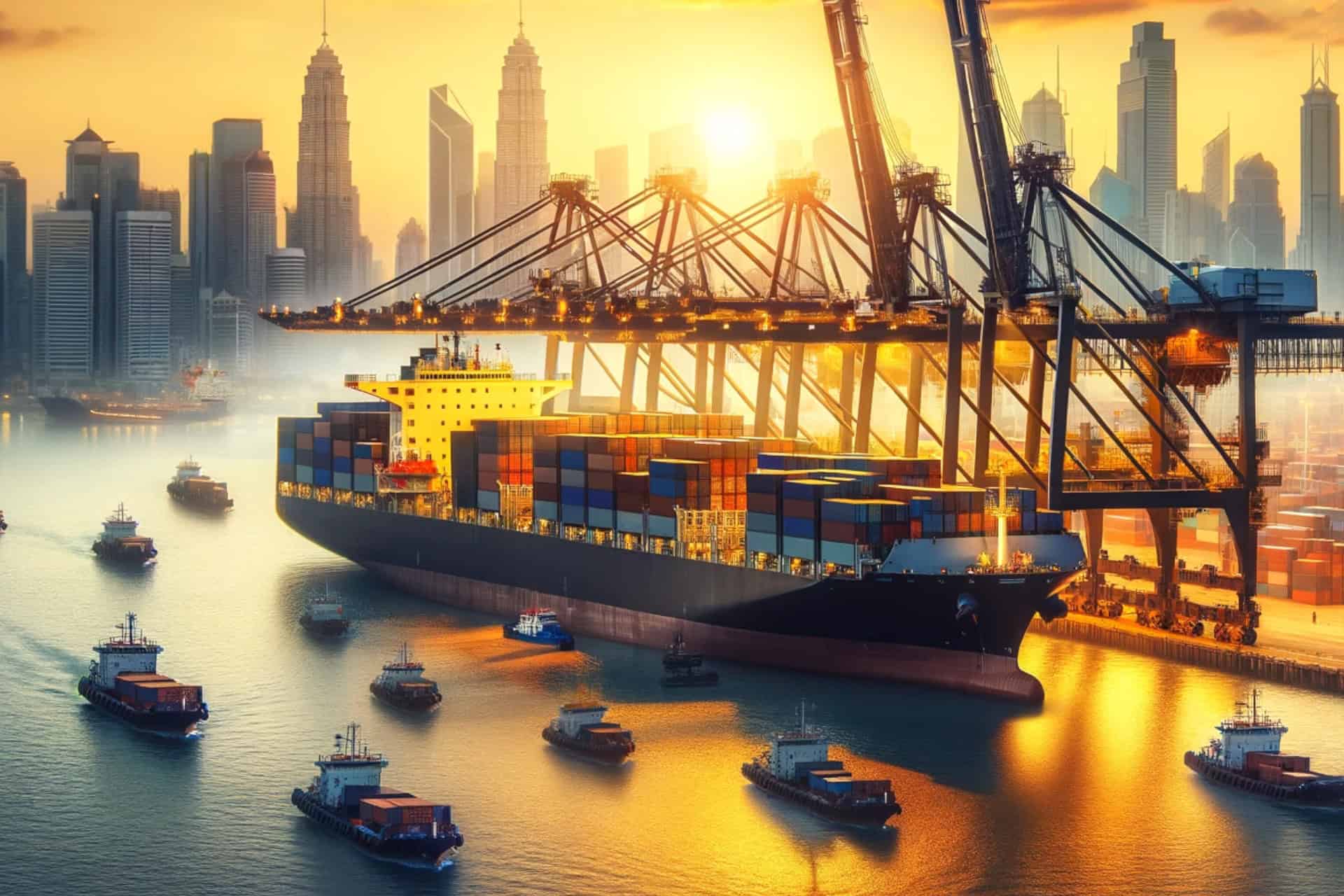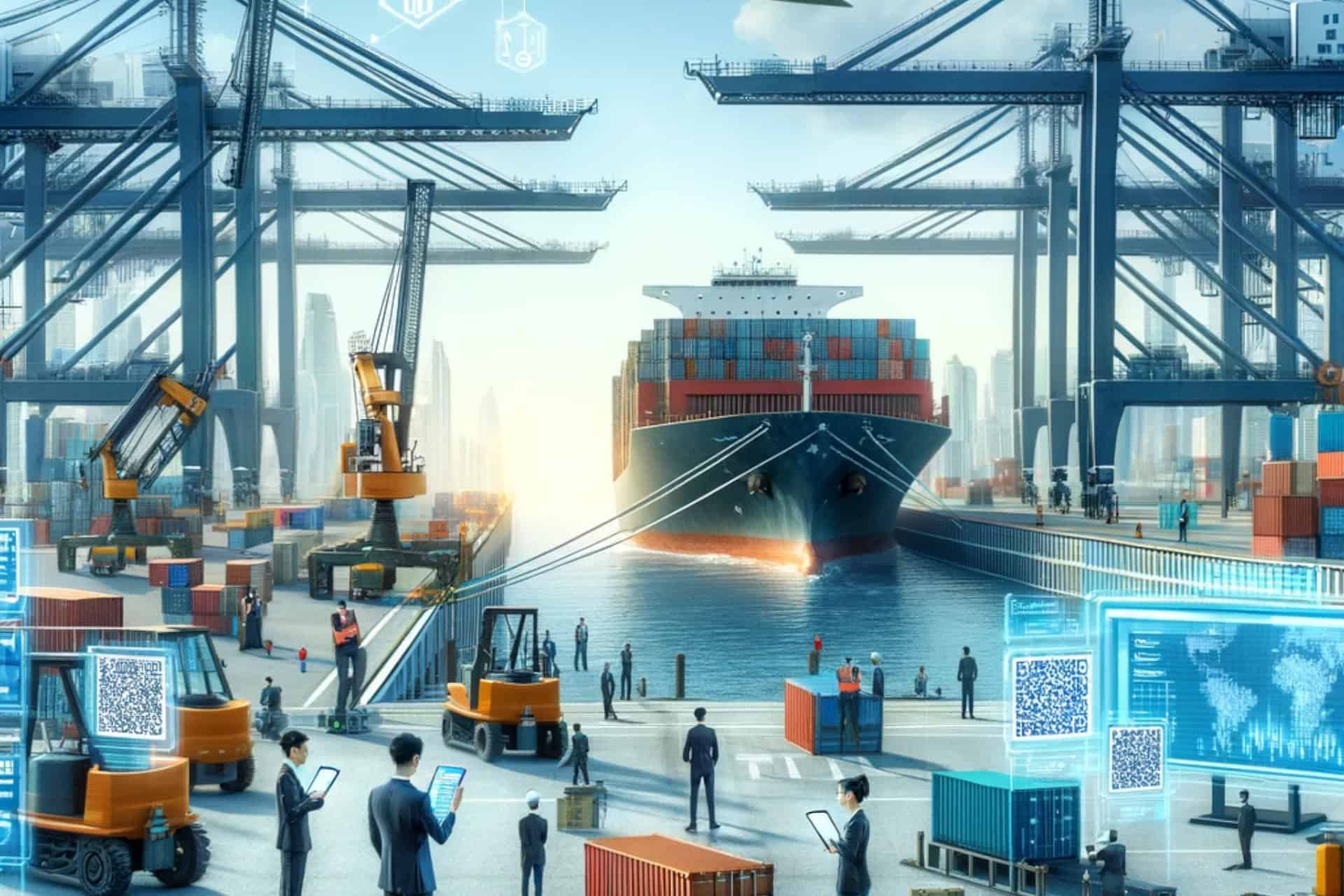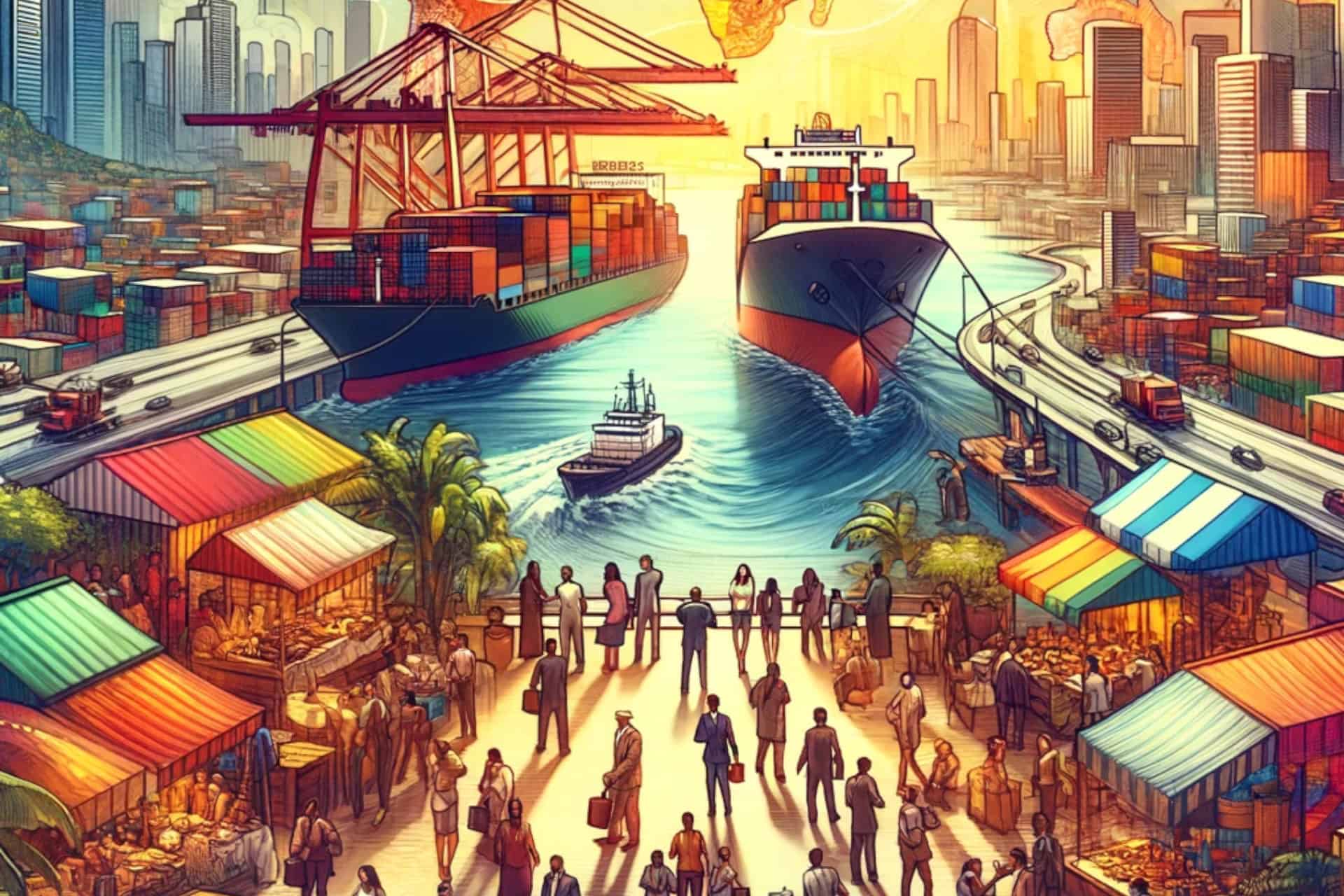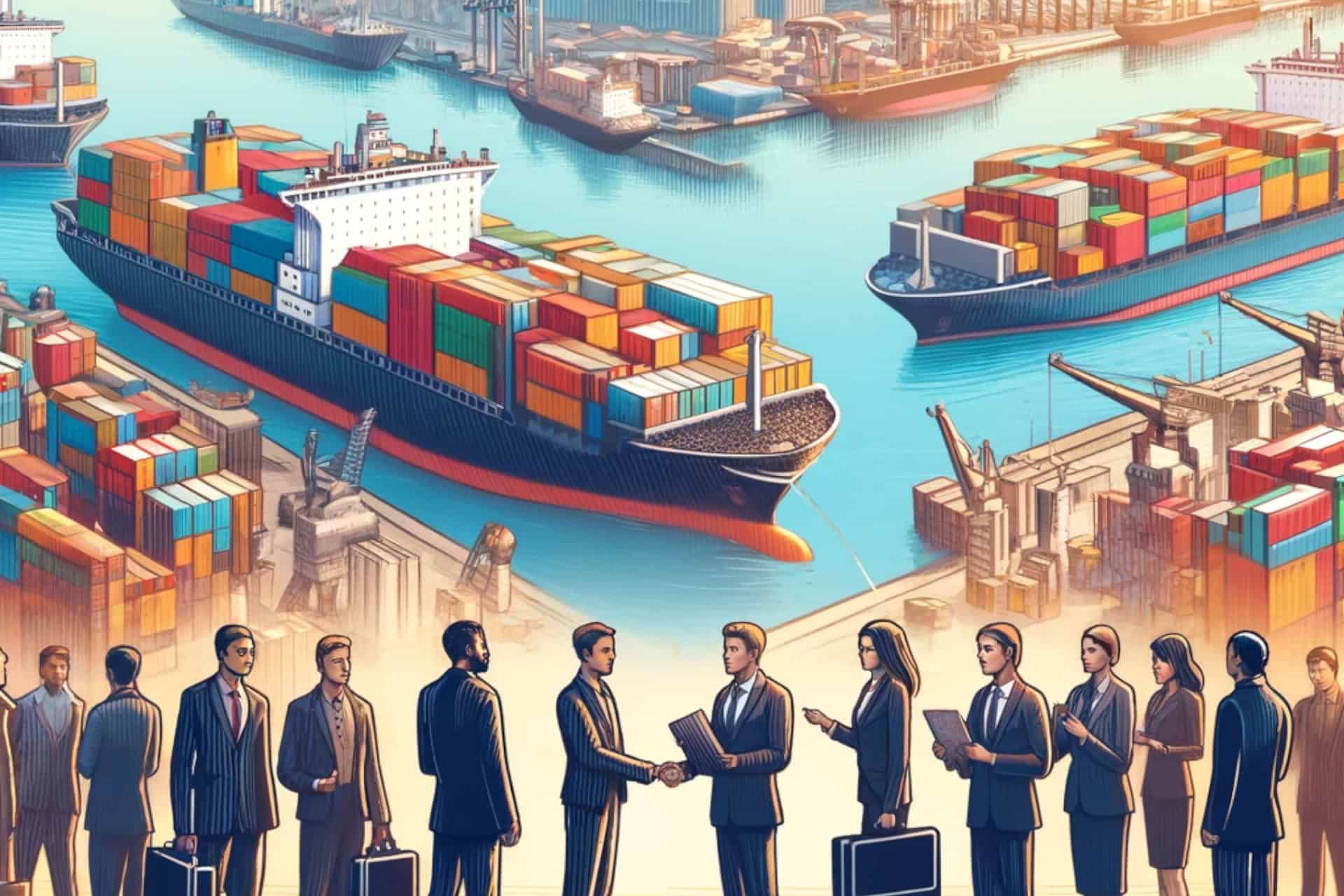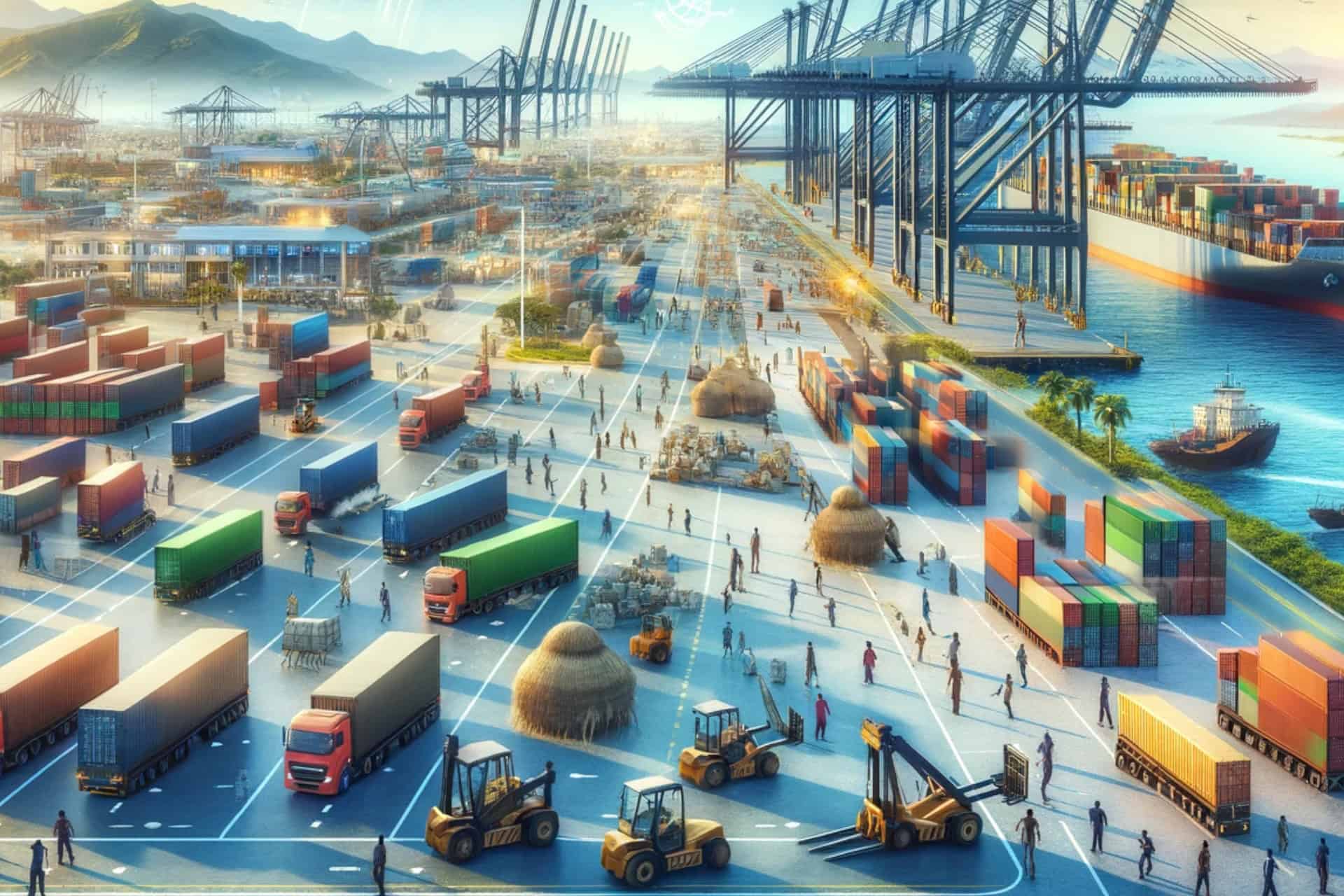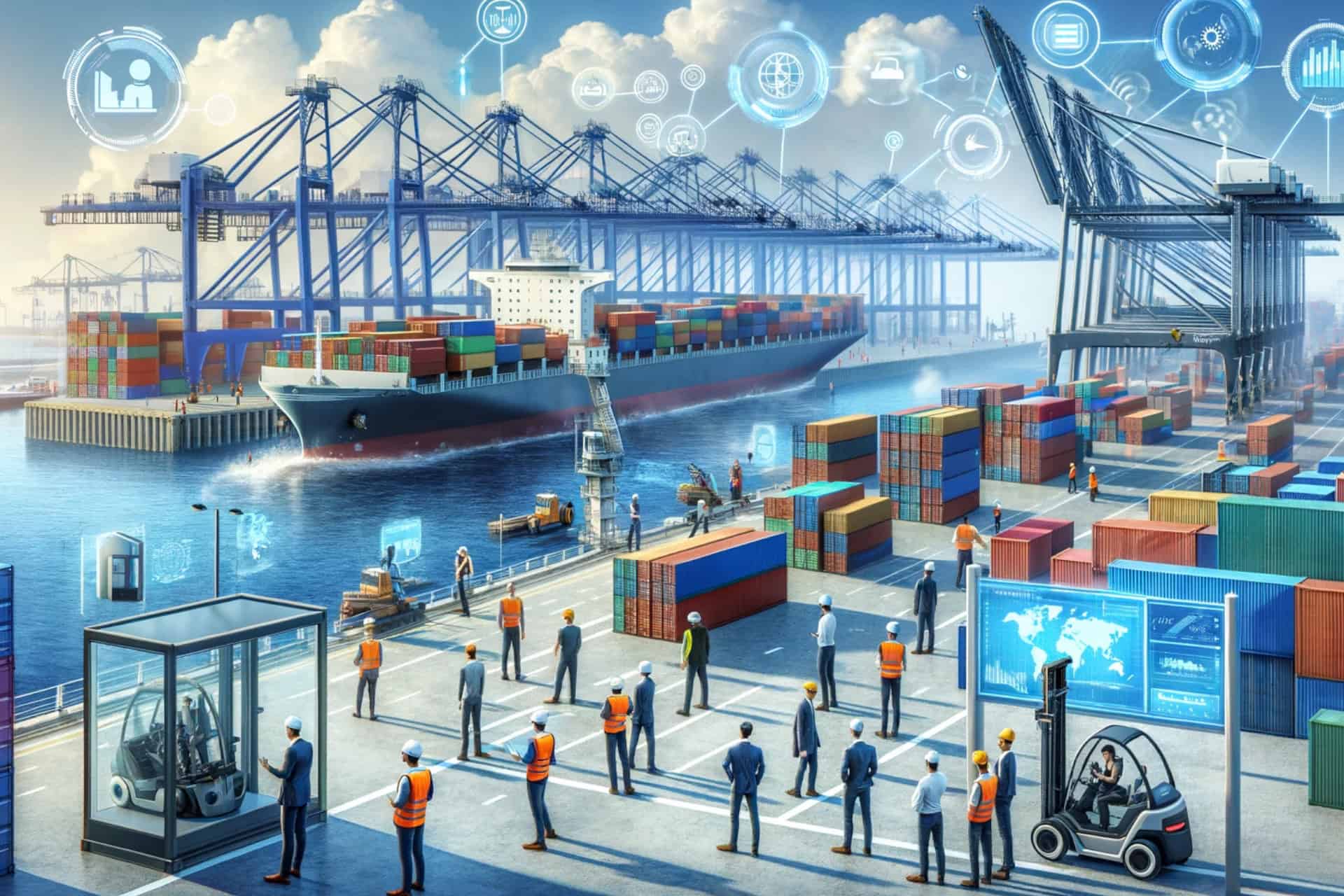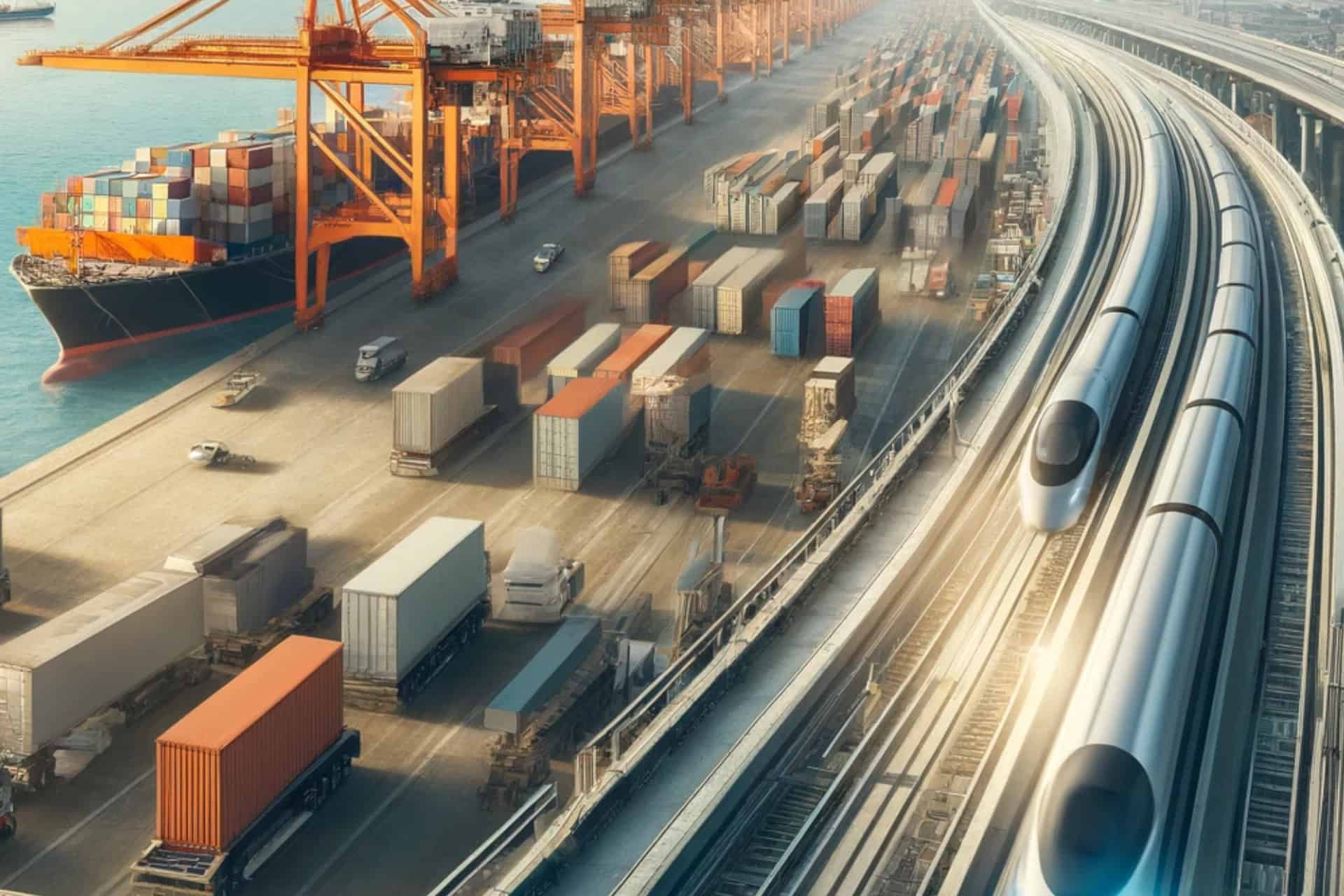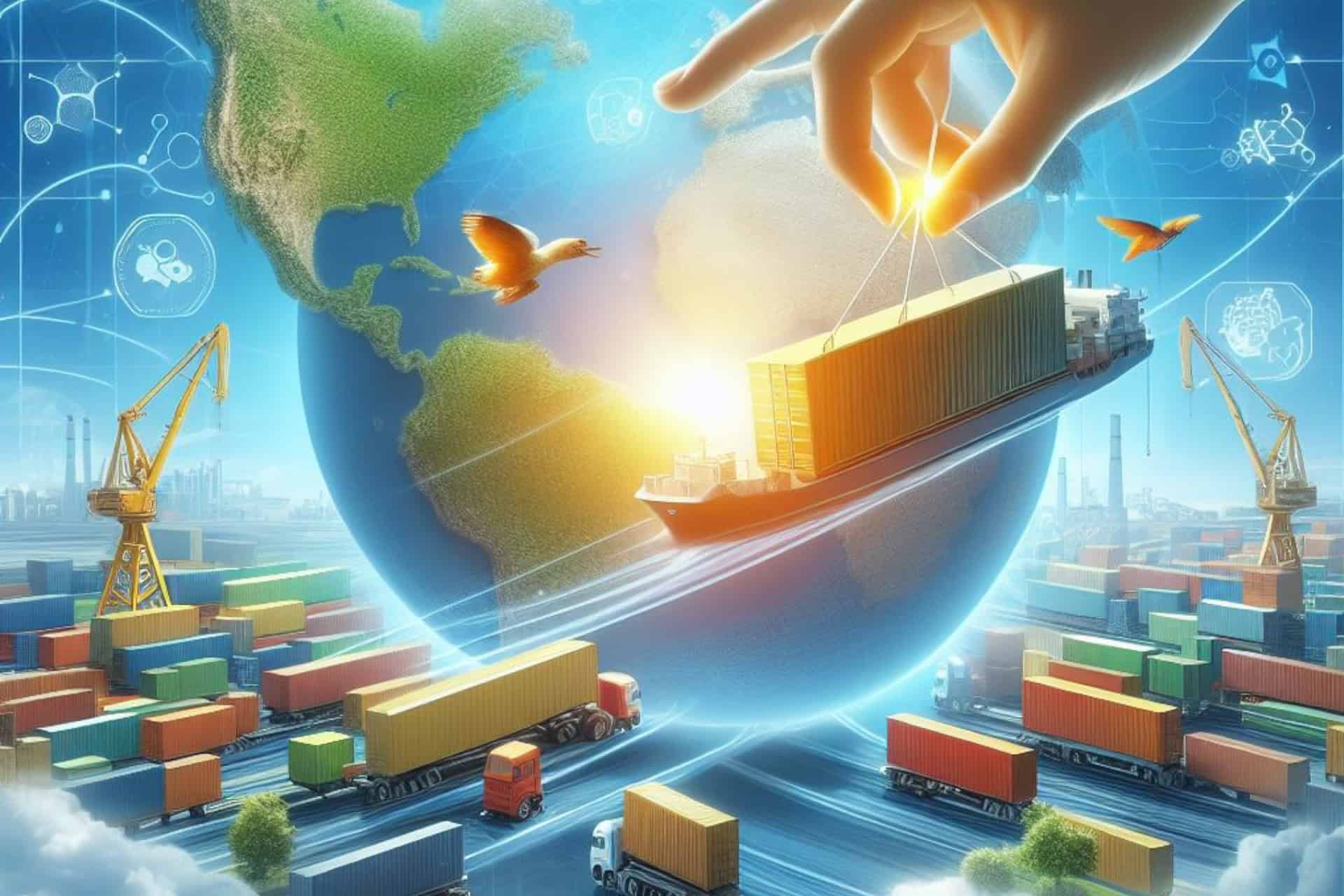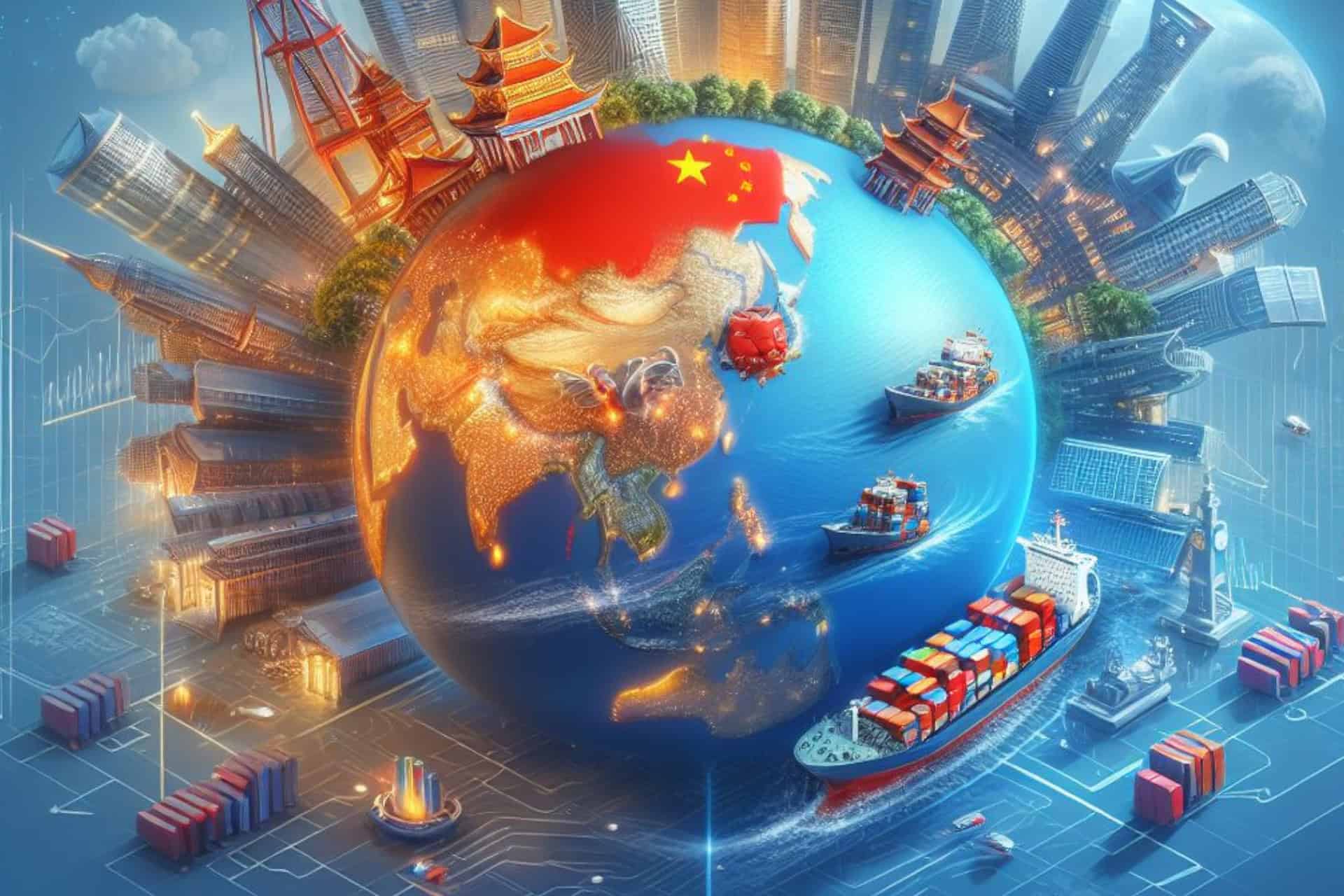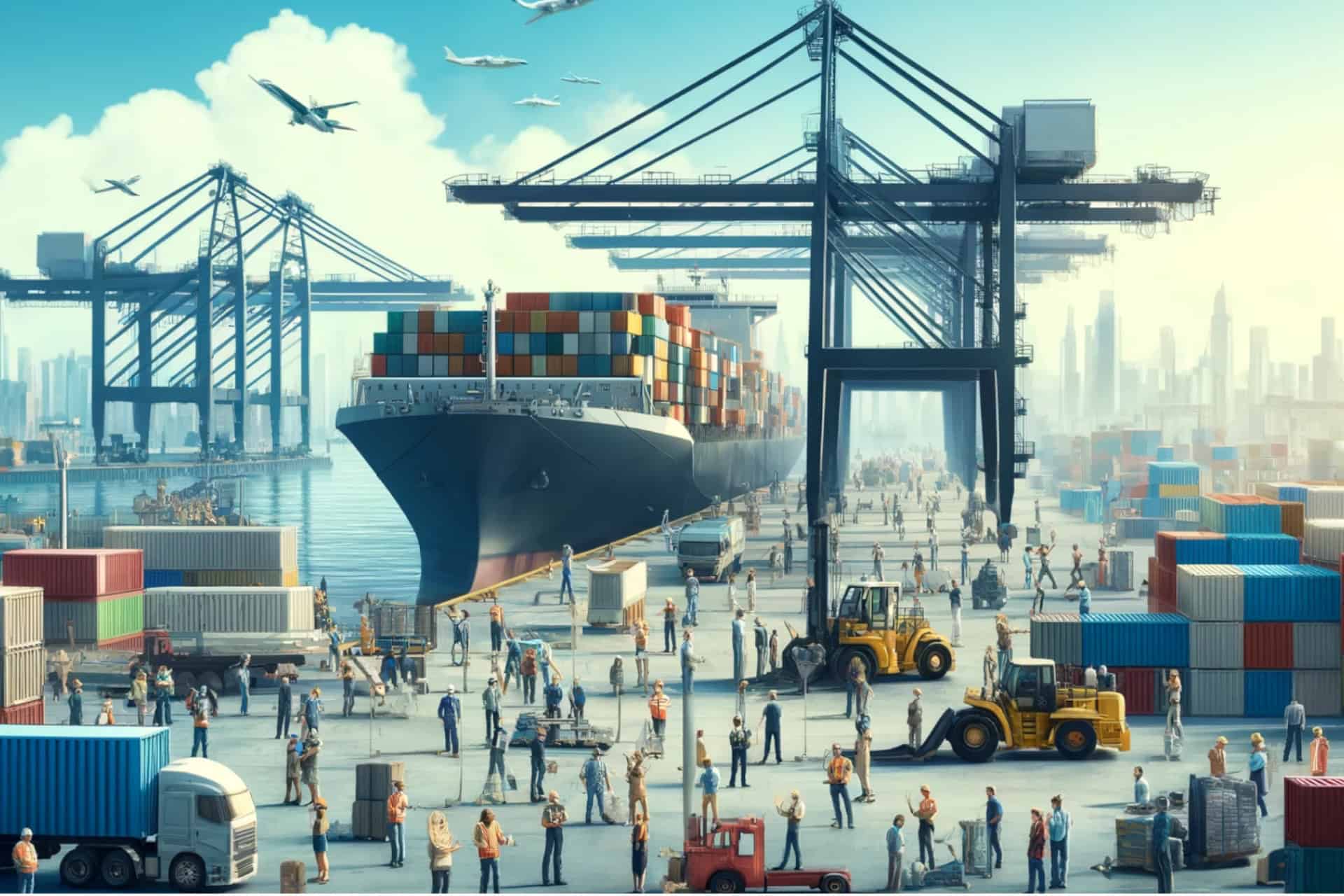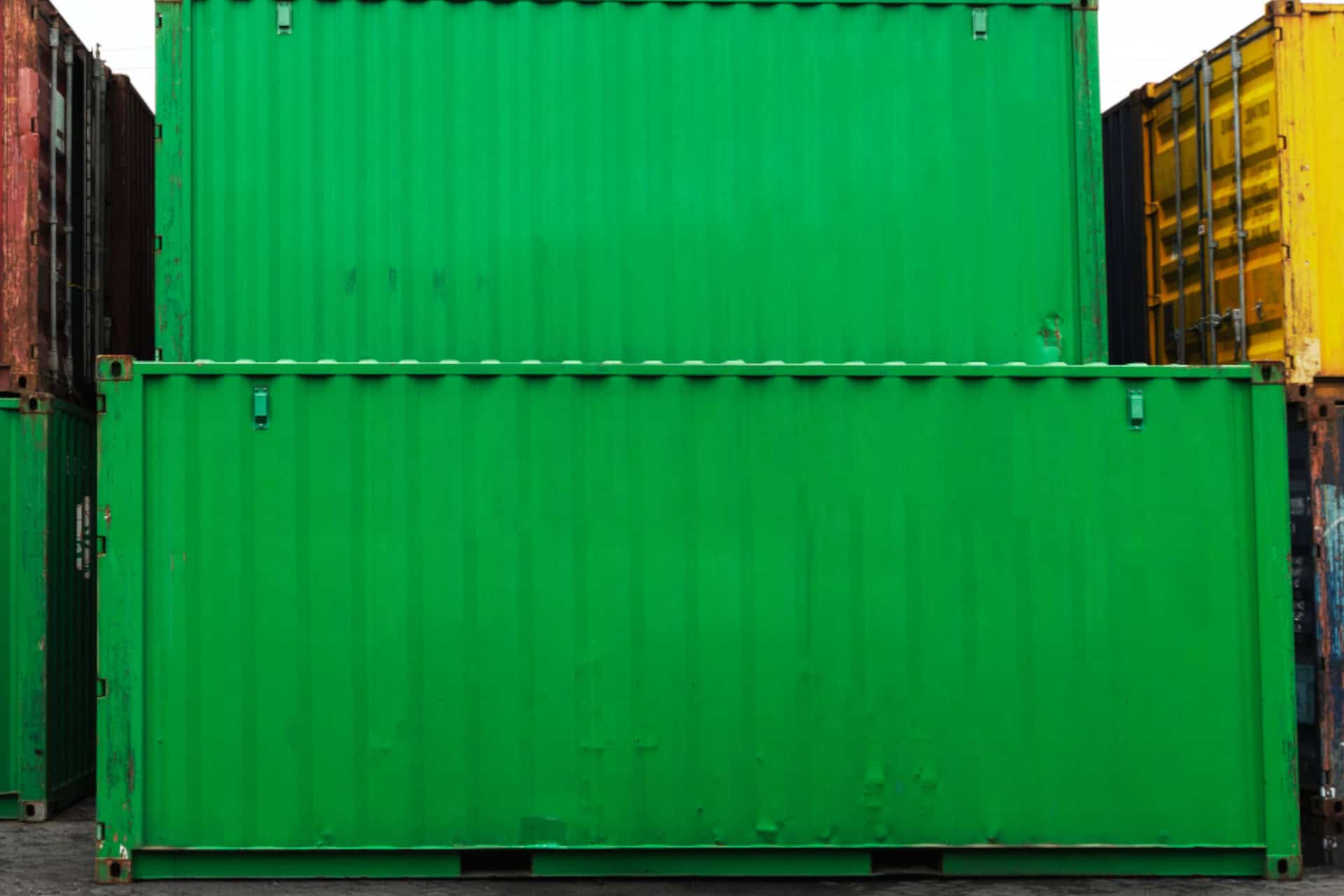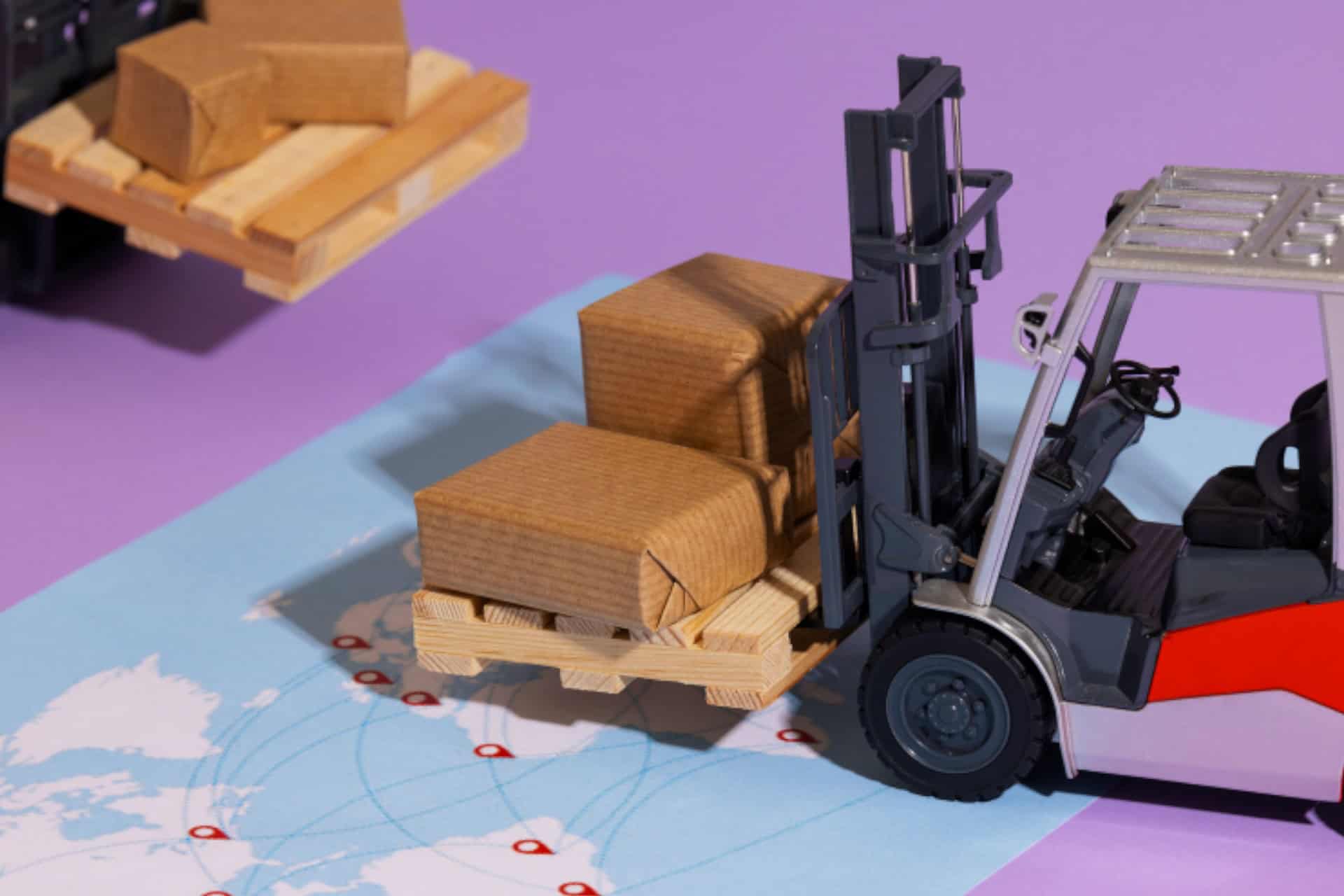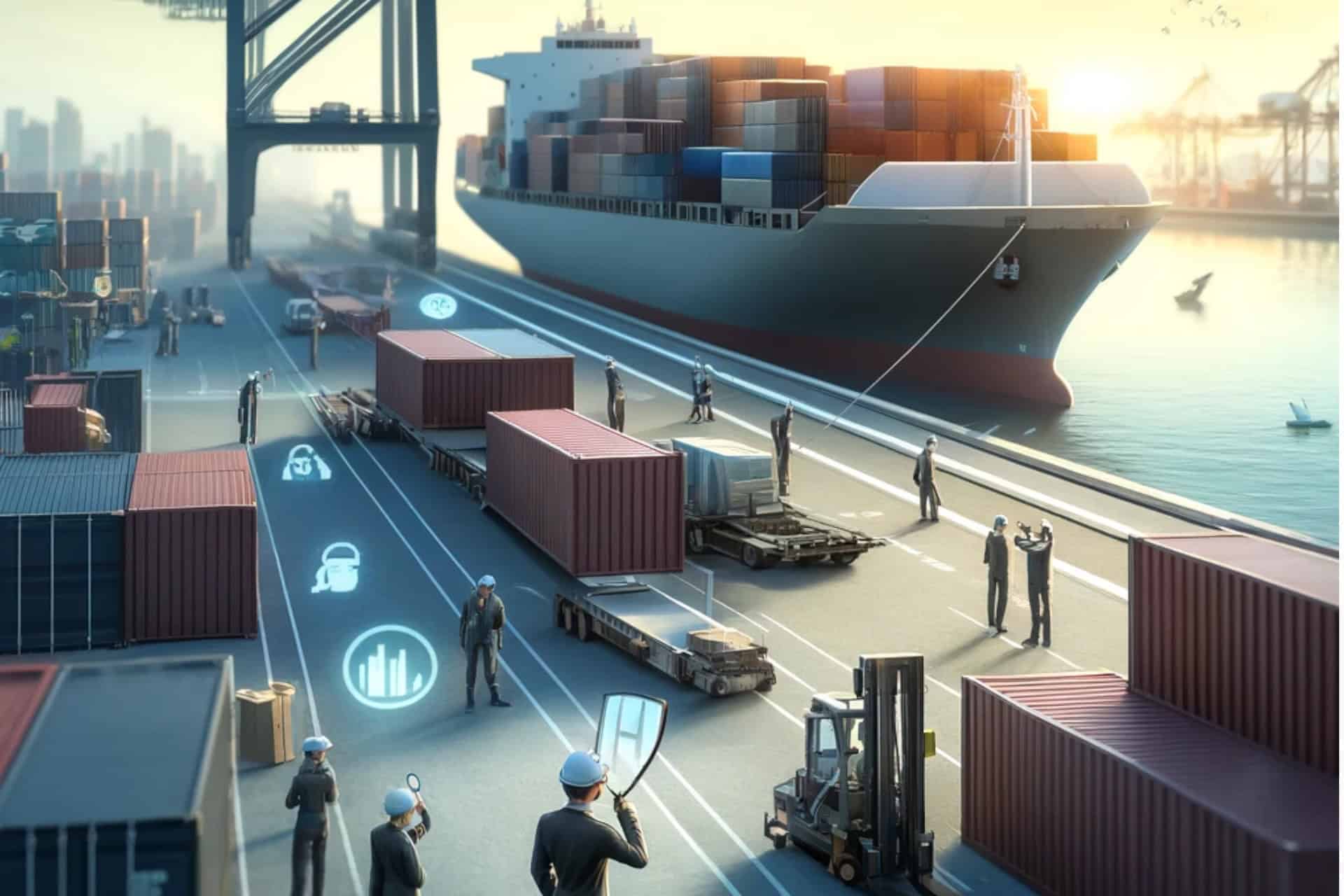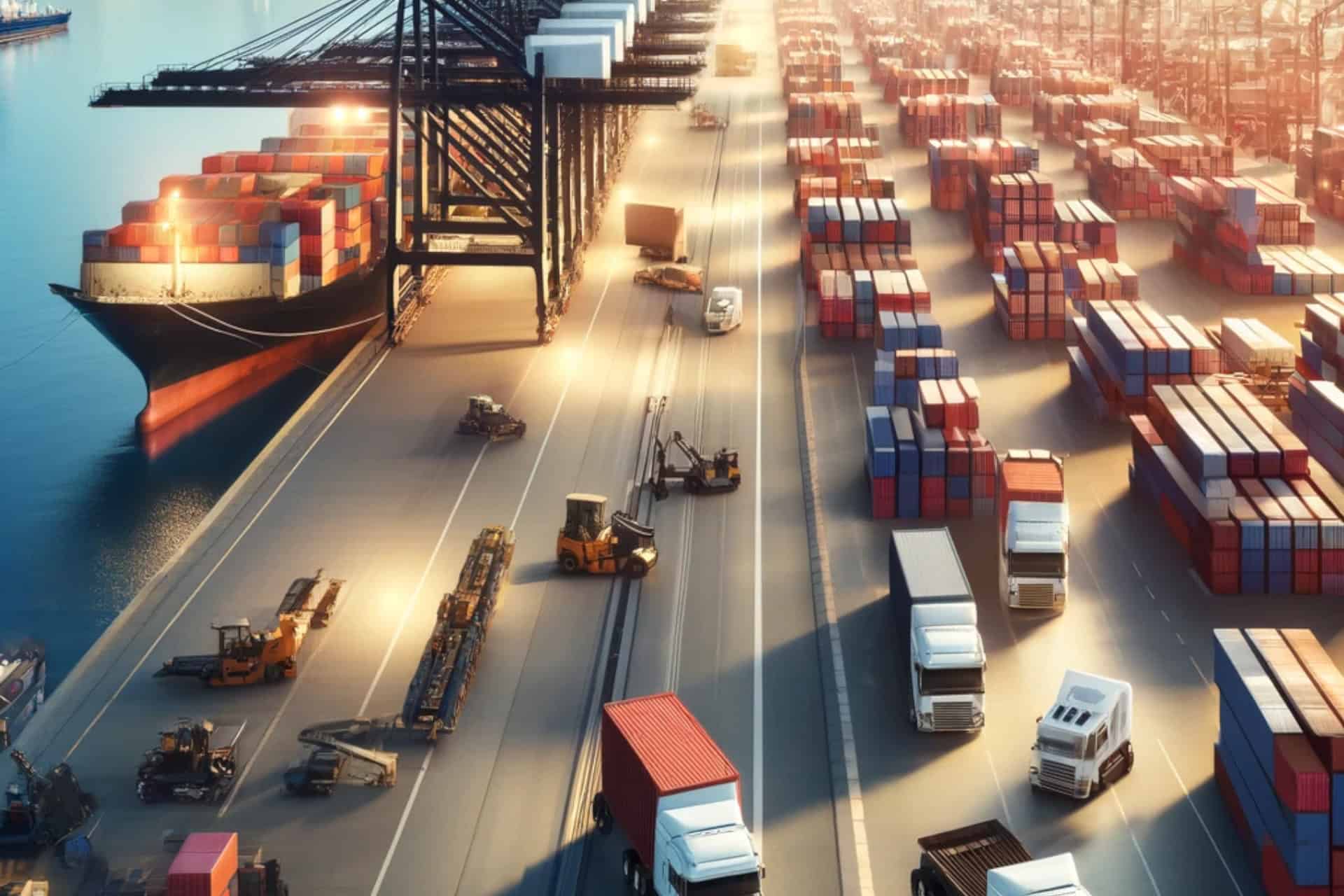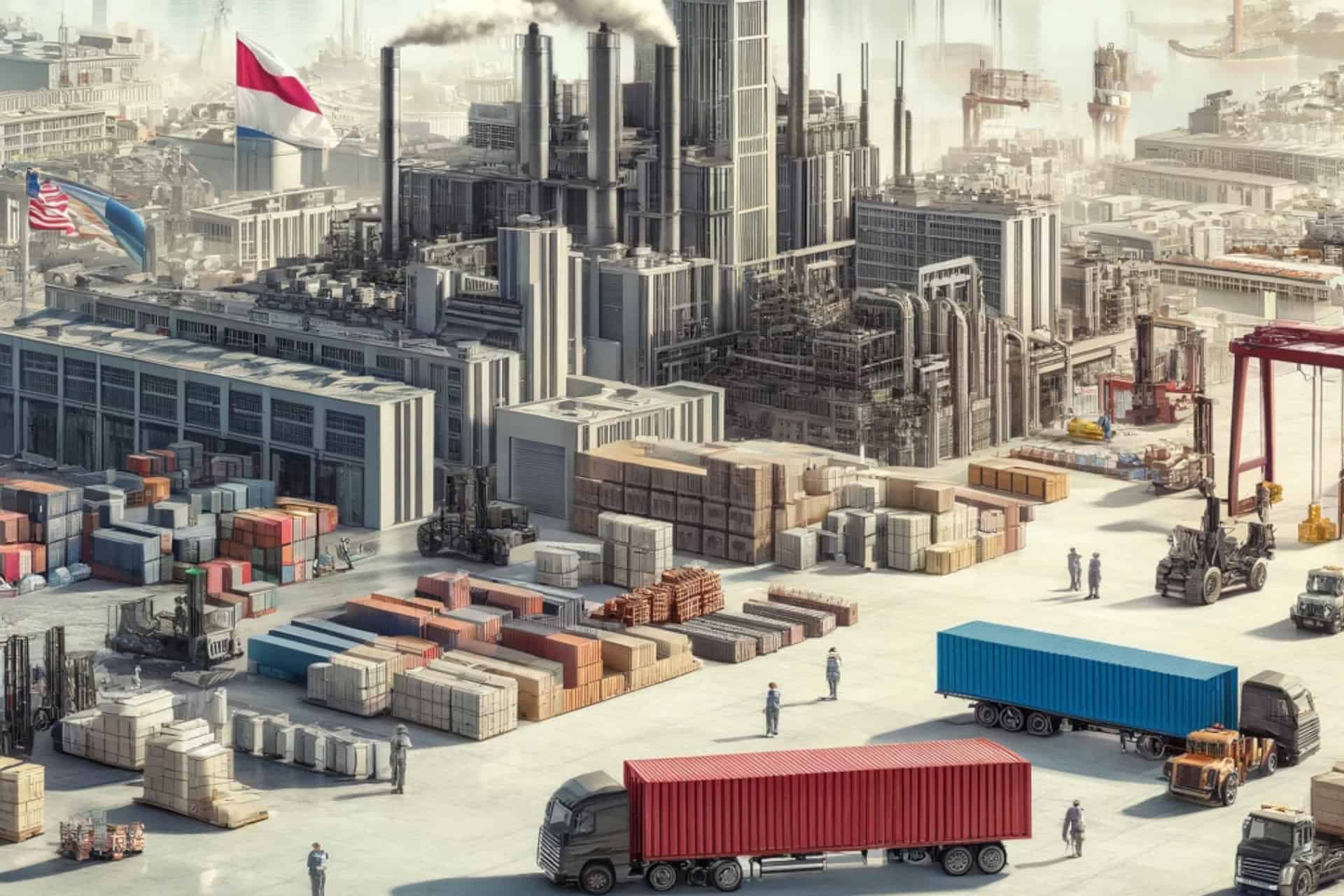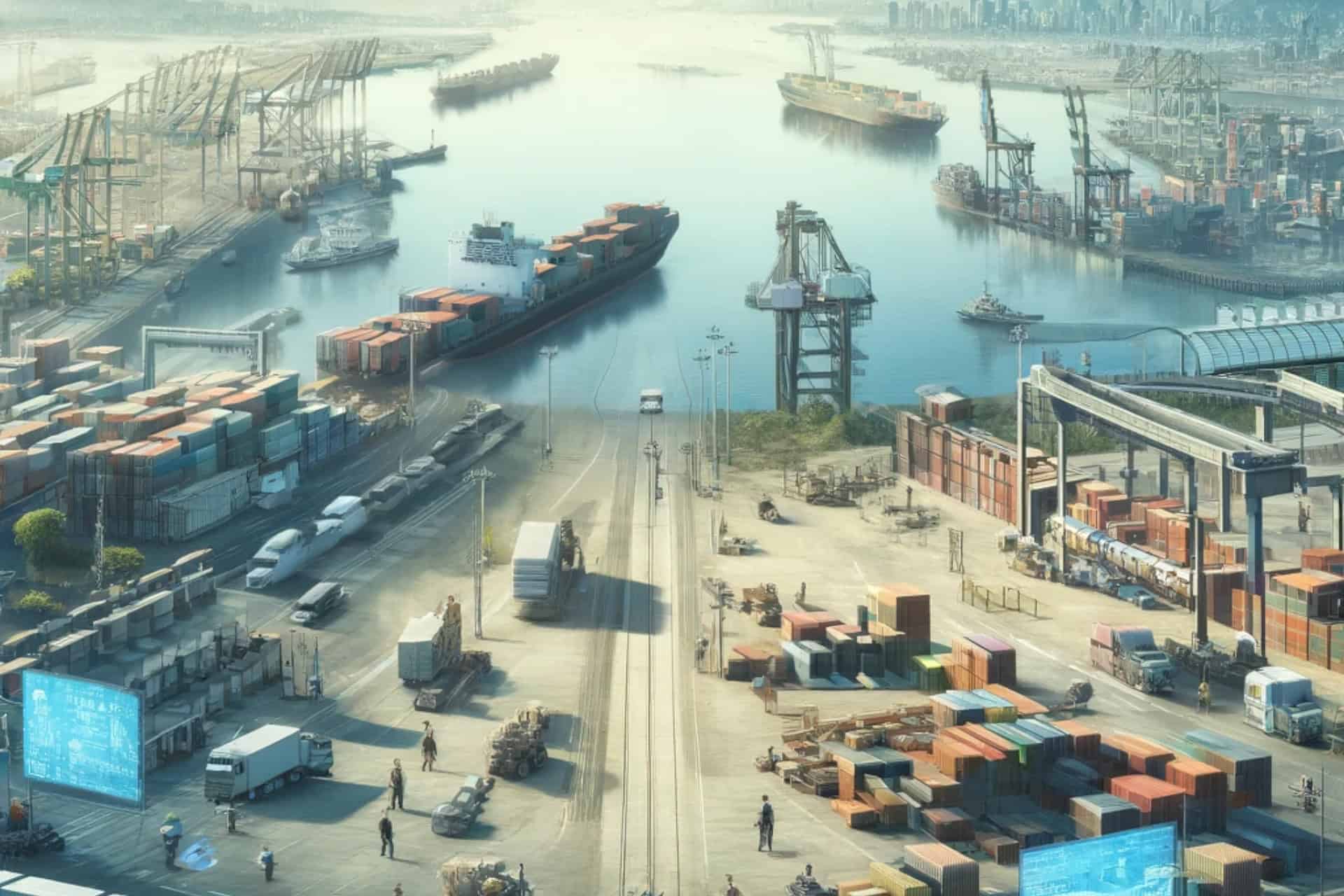Small and medium enterprises (SMEs) face both opportunities and challenges in international trade. While accessing global markets and diversifying revenue streams are key advantages, SMEs often encounter hurdles such as limited resources, trade barriers, complex regulations, technological advancements, and cultural differences. By leveraging support mechanisms, investing in technology and skills, and adapting to market conditions, SMEs can overcome these challenges and thrive in the international trade arena. Governments and trade organizations play a crucial role in providing targeted assistance to enable SMEs to seize the benefits of global trade.
Small and medium enterprises (SMEs) play a vital role in the global economy, and international trade presents both opportunities and challenges for these businesses. While engaging in international trade opens doors to new markets, increased revenues, and growth prospects, SMEs often face unique obstacles that require careful navigation. In this article, we will delve into the opportunities and challenges that SMEs encounter in international trade and explore strategies to overcome them.
Access to Global Markets:
International trade provides SMEs with access to a broader customer base and the opportunity to expand beyond their domestic market. Through exporting or participating in global value chains, SMEs can reach consumers worldwide and tap into the growing demand for diverse products and services. The ability to enter new markets can lead to increased sales, revenue diversification, and business growth.
Cost and Resource Constraints:
SMEs often face limitations in terms of financial resources, infrastructure, and expertise, which can pose challenges in international trade. Exporting requires investments in market research, logistics, compliance, and marketing. Limited access to capital, lack of information, and inadequate infrastructure can hinder SMEs' ability to compete globally. Overcoming these challenges requires strategic planning, seeking financial support, and leveraging partnerships and government assistance programs.
Trade Barriers and Regulations:
Navigating complex trade regulations, customs procedures, and compliance requirements can be daunting for SMEs. Tariffs, non-tariff barriers, and varying regulatory frameworks across countries can increase costs and create administrative burdens. SMEs need to stay informed about trade agreements, engage in capacity-building initiatives, and seek assistance from trade support institutions to overcome these hurdles.
Technological Advancements:
Technological advancements have transformed international trade, providing both opportunities and challenges for SMEs. Digital platforms, e-commerce, and online marketplaces offer SMEs cost-effective channels to reach international customers. However, keeping up with evolving technologies, cybersecurity concerns, and digital marketing strategies can be overwhelming for SMEs. Embracing digital tools, investing in technology infrastructure, and upskilling employees are essential for SMEs to remain competitive in the global marketplace.
Cultural and Market Differences:
Entering new markets requires understanding cultural nuances, consumer preferences, and local business practices. SMEs must adapt their products, marketing strategies, and customer service to resonate with diverse audiences. Building relationships with local partners, conducting market research, and investing in cultural intelligence can help SMEs navigate these challenges successfully.
SMEs have tremendous potential to thrive in international trade, but they need targeted support and resources. Governments, trade associations, and international organizations play a crucial role in providing SMEs with training, market intelligence, networking opportunities, and access to finance. By addressing these challenges, SMEs can seize the opportunities presented by international trade and contribute to economic growth and job creation.
Related Information






